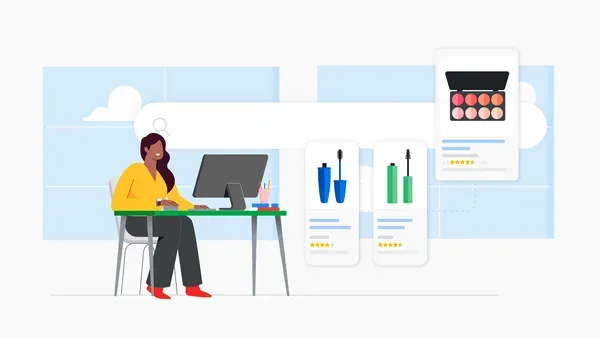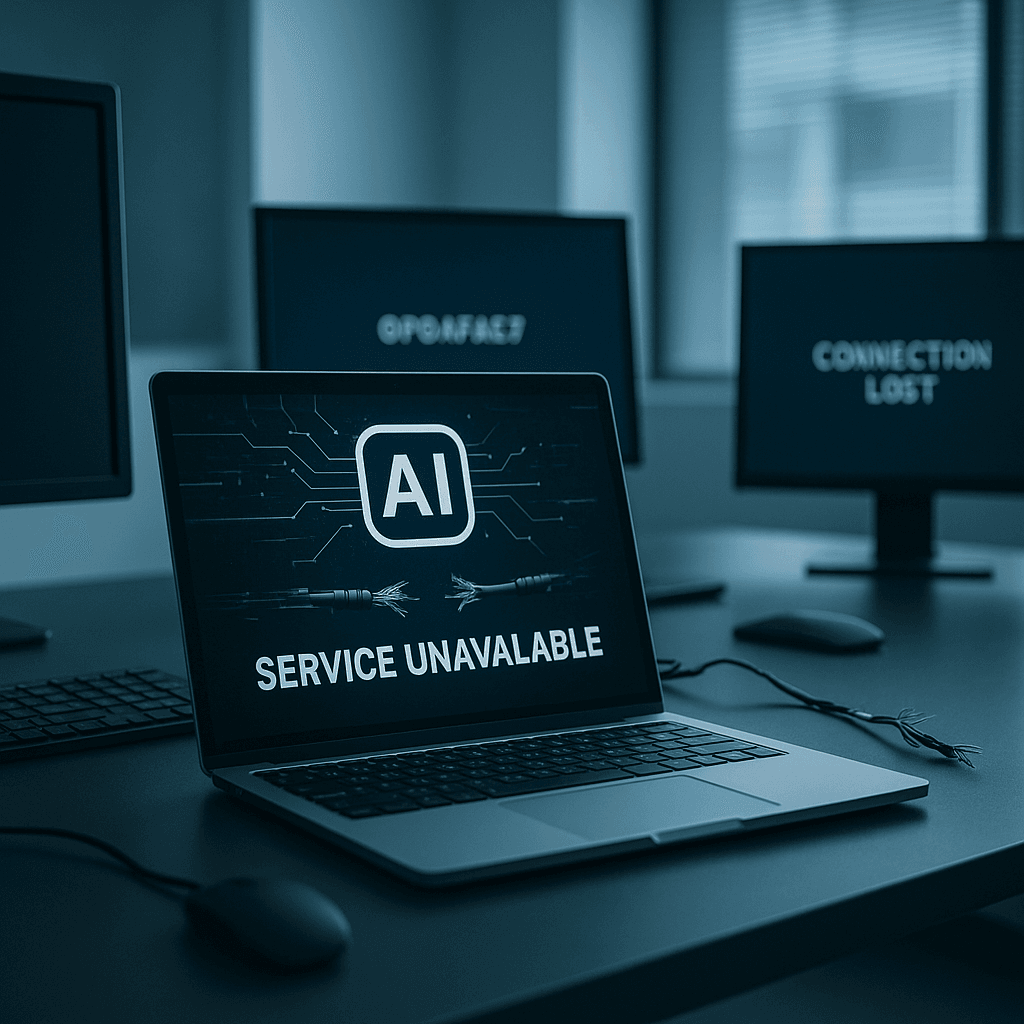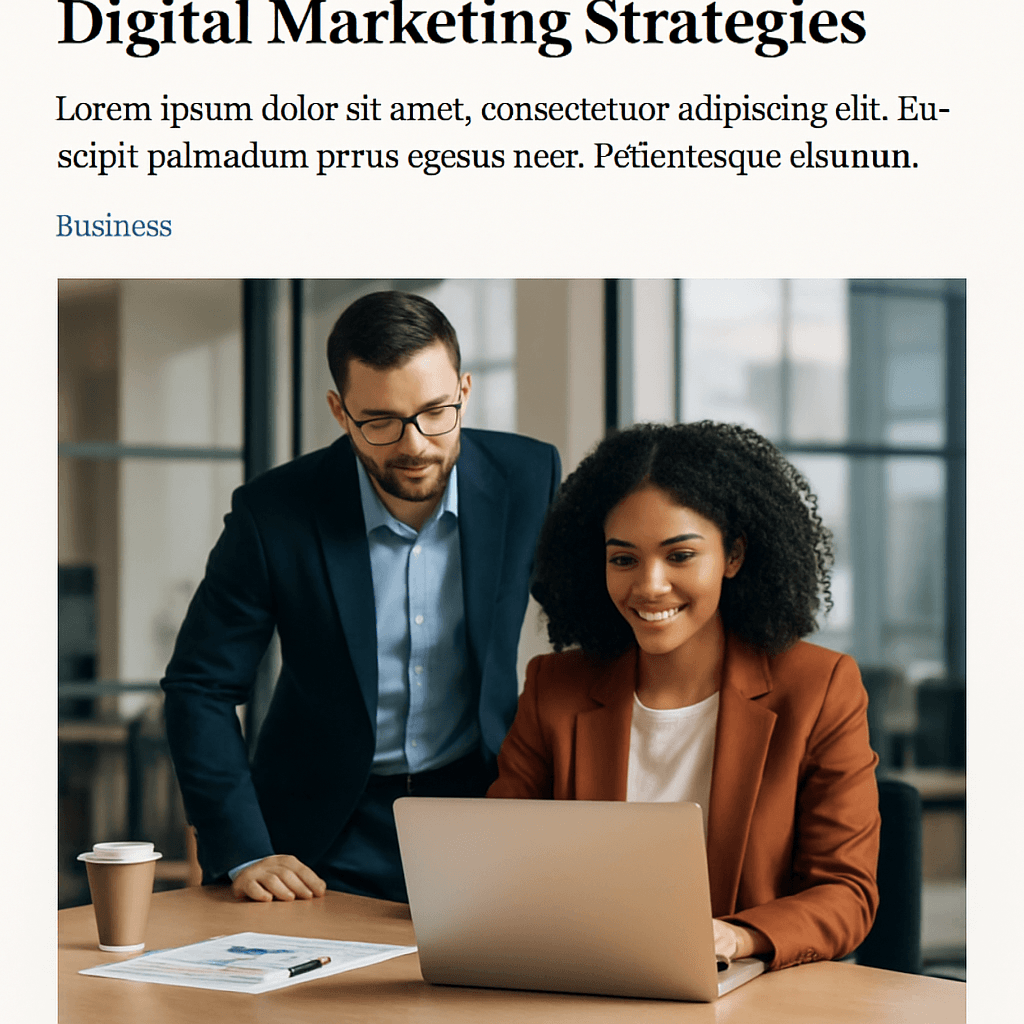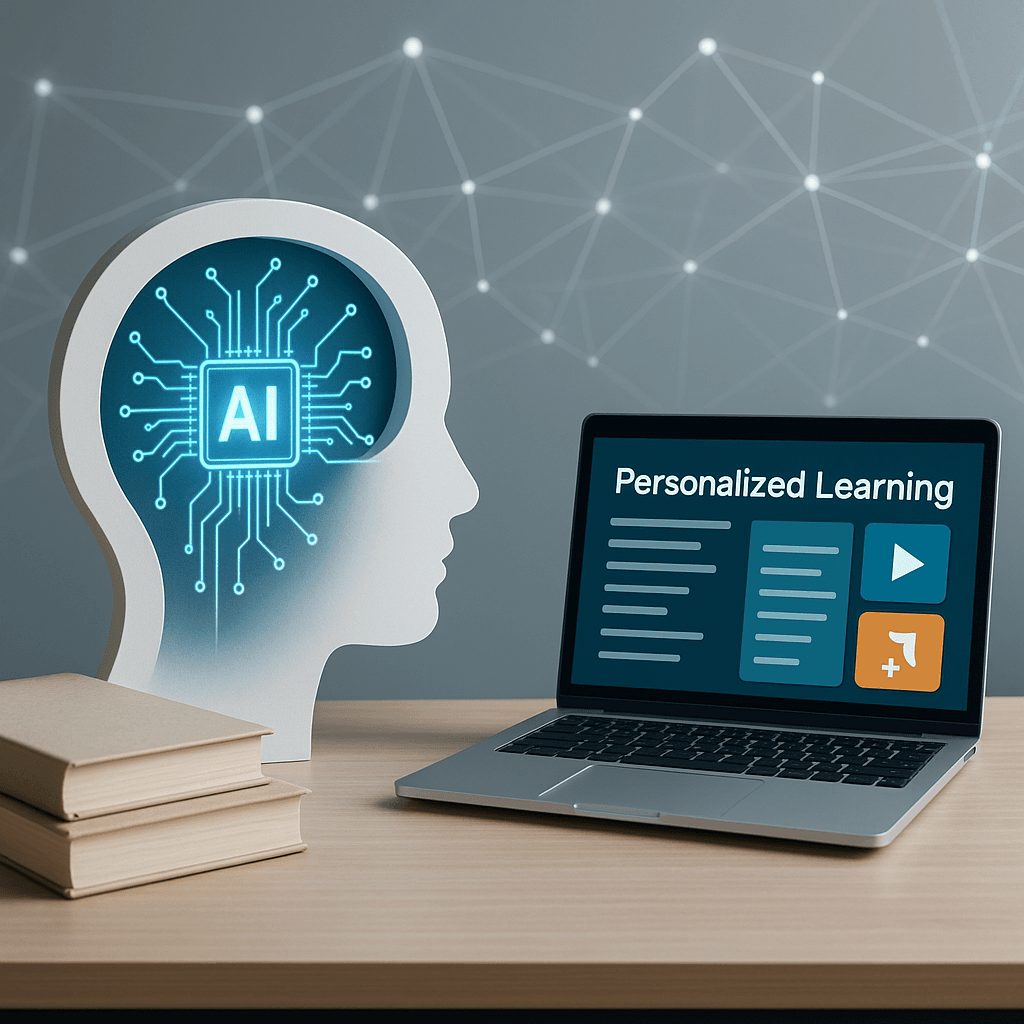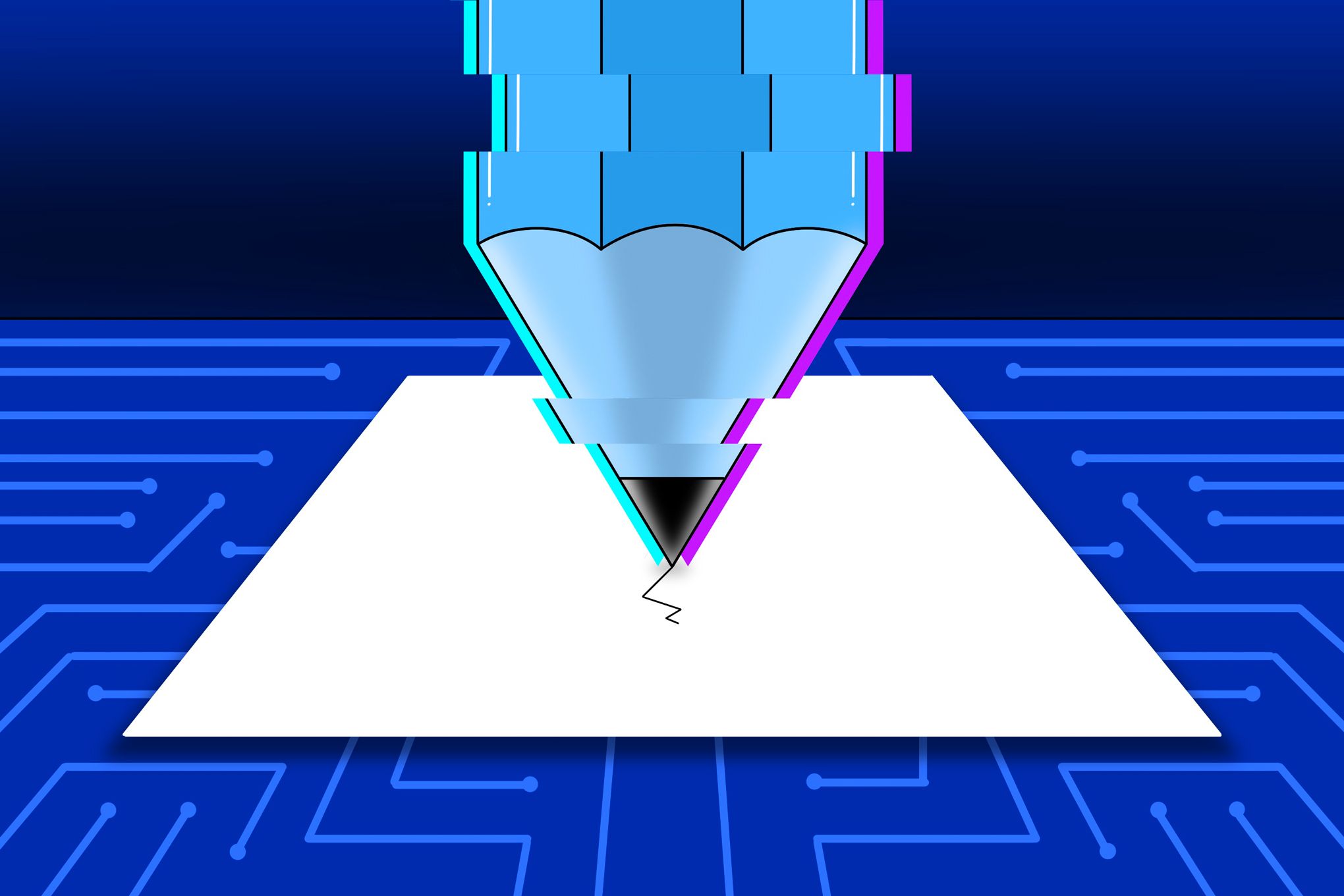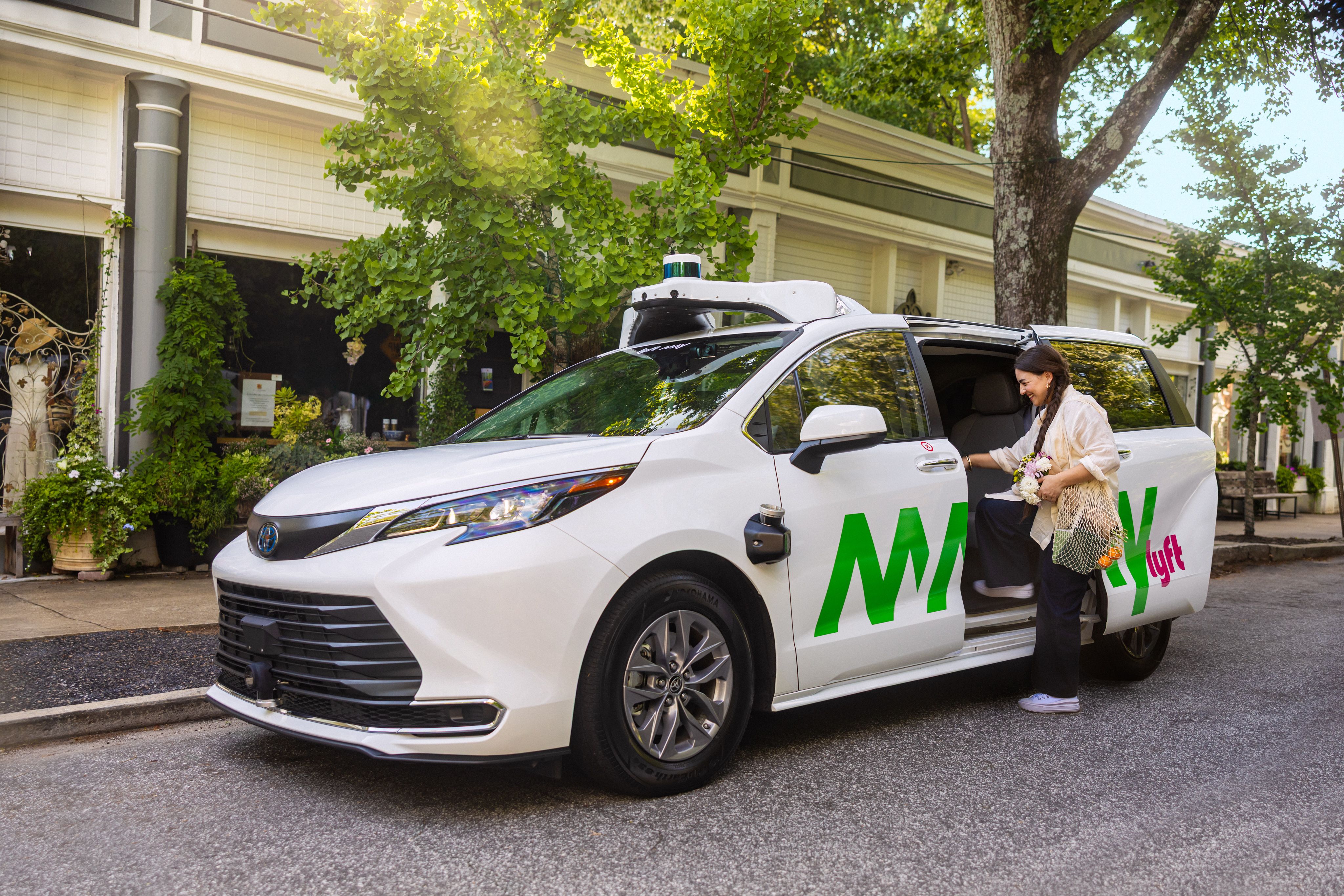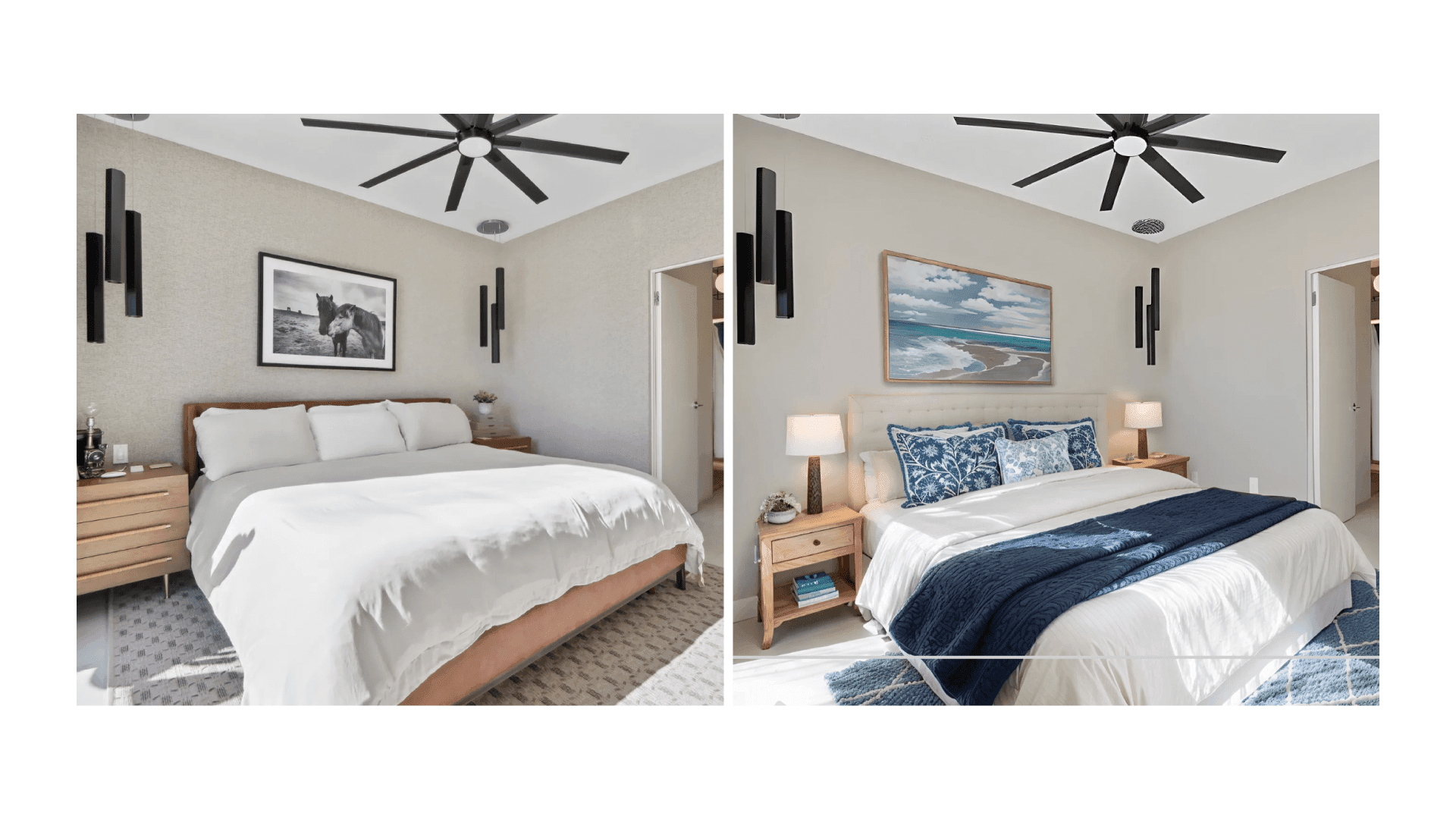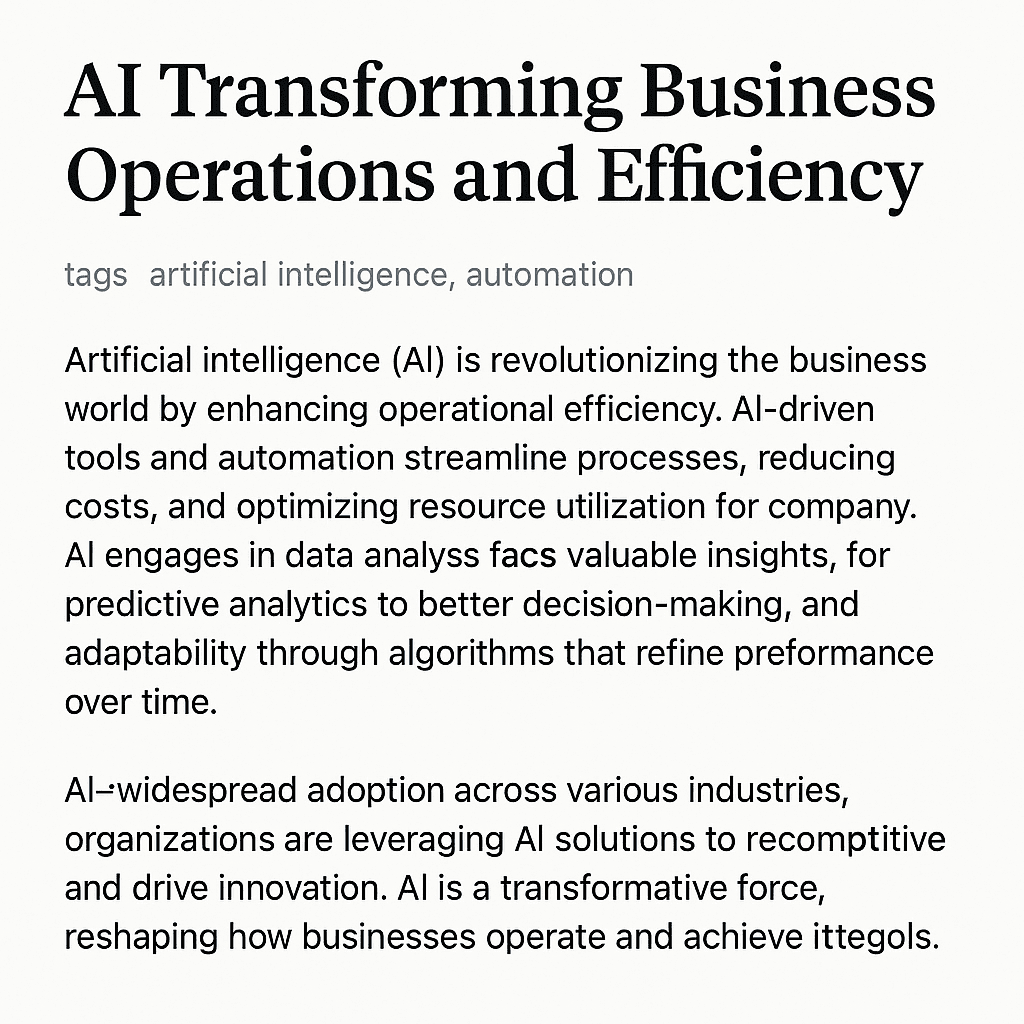Google just dropped Asset Studio, an AI-powered creative suite that transforms standalone product images into campaign-ready lifestyle photography in seconds. The new platform, powered by Google's advanced Imagen 4 model, promises to revolutionize how marketers create, preview, and share advertising assets - launching just in time for the crucial holiday advertising season.
Google just rewrote the playbook for advertising creative production. The company's newly launched Asset Studio promises to collapse weeks of creative development into seconds, using AI to transform basic product shots into polished lifestyle imagery that's ready for prime time.
The timing couldn't be more strategic. With holiday advertising budgets already being allocated and Q4 campaigns in development, Google is positioning Asset Studio as the solution to marketers' perennial creative bottleneck. "In today's fast-paced marketing world, creating high-quality, on-brand creative assets can be a time-consuming challenge," writes Mindy Lin, Product Manager at Google Ads, in the official announcement.
At the heart of Asset Studio sits Imagen 4, Google's latest generative AI model that brings "remarkable improvements to image quality — from intricate textures and fine details to photo realistic and abstract styles." The upgrade represents a significant leap from previous iterations, with the model now capable of preserving product details while seamlessly integrating them into entirely new contexts.
The platform's flagship feature turns product photography on its head. Upload a standalone shot of, say, Academy Brand's Conrad Jacket, add a simple text prompt like "a young man walking in the park," and Asset Studio generates a lifestyle image featuring a model wearing that exact jacket in the described scene. According to Google's demo, "all the key details — from the premium wool blend to the antique logo shank — are preserved, giving you an authentic, campaign-ready asset in seconds."
But Asset Studio's real power emerges at scale. The platform can process up to 100 images simultaneously, transforming entire product catalogs with consistent styling and brand elements. Google's example shows arts-and-crafts penguin Pierre from The Woobles being transported into winter wonderlands complete with sleds - all generated in a single batch operation.
Brand consistency, often the Achilles heel of AI-generated content, gets addressed through "style references." Marketers can upload their own on-brand images as templates, ensuring all AI-generated visuals maintain the company's distinctive look and feel. It's a critical feature that addresses enterprise concerns about brand dilution through automated creative generation.
